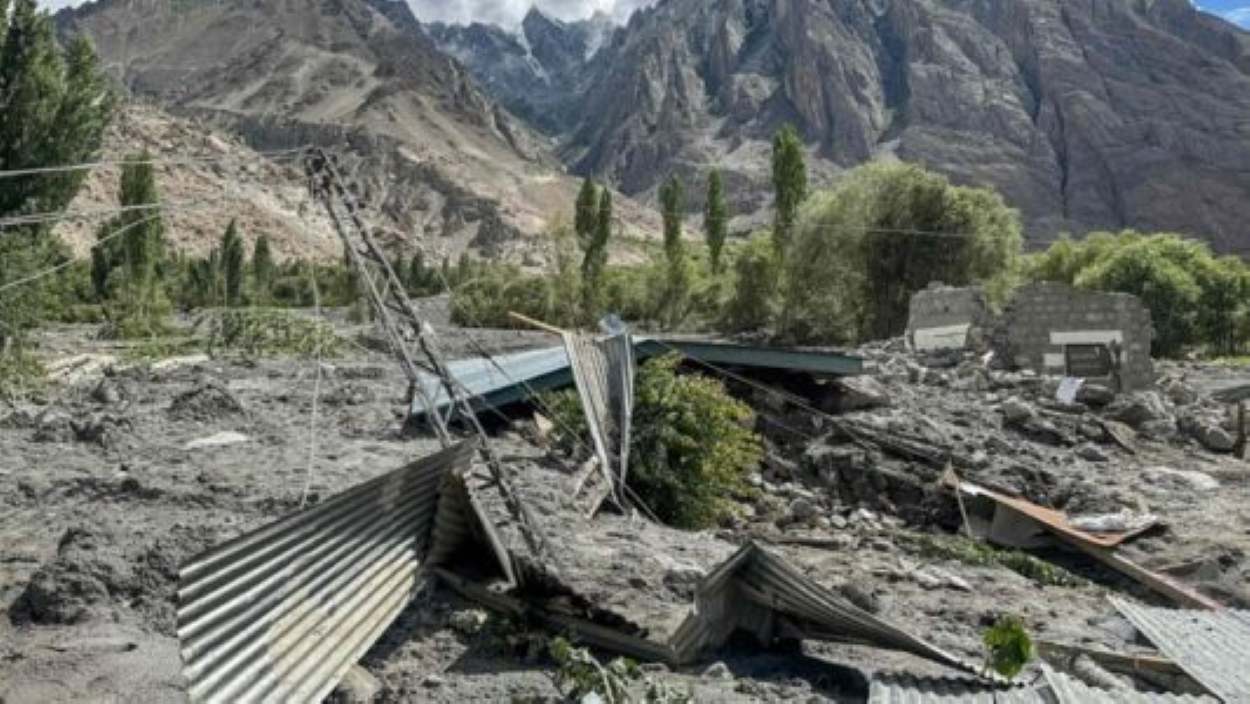On August 14, 2025, heavy monsoon rains triggered flash floods and landslides in Gilgit-Baltistan and Azad Jammu and Kashmir (AJK), resulting in the deaths of at least ten people, including women and children. In Gilgit-Baltistan, eight fatalities occurred in Ghizer and two in Diamer.
The disaster also caused significant damage to infrastructure, including the Naltar power station and several bridges. Due to the ongoing risks, schools in AJK were closed on August 15 and 16.
The Pakistan Meteorological Department (PMD) has issued a warning about intense monsoon activity expected from August 14 to 21. The forecast includes heavy rainfall, strong winds, and thunderstorms in Islamabad, Azad Jammu and Kashmir (AJK), upper Punjab, Khyber Pakhtunkhwa, and Gilgit-Baltistan. There is a risk of flash floods in Khyber Pakhtunkhwa, Punjab, and Balochistan until August 21. Urban flooding poses a threat to low-lying areas such as Lahore and Rawalpindi, and landslides could disrupt travel on hilly roads.
In Gilgit-Baltistan, relief operations are underway, with roads like Babusar Highway restored, per spokesperson Faizullah Firaq. In AJK, over 700 tourists, including 300 women and children, remain stranded at Ratti Gali due to a cloudburst, with authorities providing free accommodation. AJK PM Chaudhry Anwar ul Haq ordered relocations along riverbanks and emergency checkpoints, approving aid for affected families.
The monsoon’s toll, with over 260 deaths nationwide, underscores climate change’s impact, per web:3. Prime Minister Shehbaz Sharif’s Rs4 billion relief package and a proposed 100-megawatt solar project aim to support recovery and resilience in Gilgit-Baltistan. The Punjab PDMA issued alerts for heavy rains in multiple cities until August 15, emphasising preparedness.
The 2025 monsoon devastation in Gilgit-Baltistan and AJK highlights the urgent need for climate-resilient infrastructure and early warning systems. It impacts tourism, safety, and recovery efforts.






